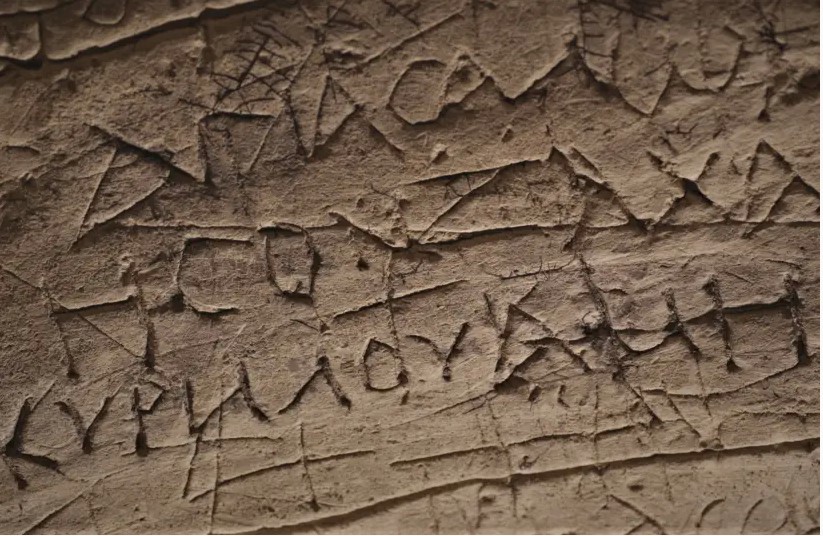The story pf Salome and her role as midwife at Christ's birth is in the Gospel of St James, a text that is a source for Christian and Muslim doctrine regarding Mary but not included in the New Testament of the Bible and is instead considered Apocrypha.

Greek inscription as evidence for the Tomb of Salome. credit: Emil Aladjem/Israel Antiquities Authority
The experts believe that the use of masonry rather than being carved into rock means the tomb belonged to a wealthy Jewish family. The scholars say the large colonnaded forecourt mean Salome was a revered figure and the inscriptions in multiple languages, including Arabic, even hundreds of years after its capture mean for a time pilgramages were allowed for all. It also had a row of shop stalls that likely rented clay lamps for pilgrims who wanted to enter.






Comments